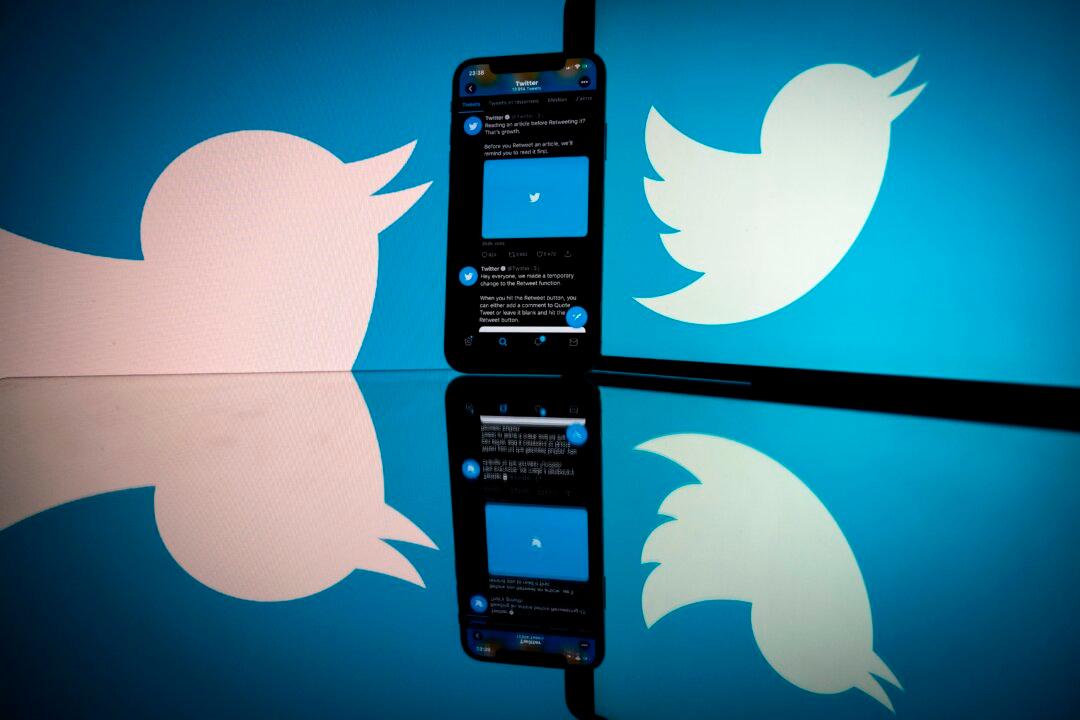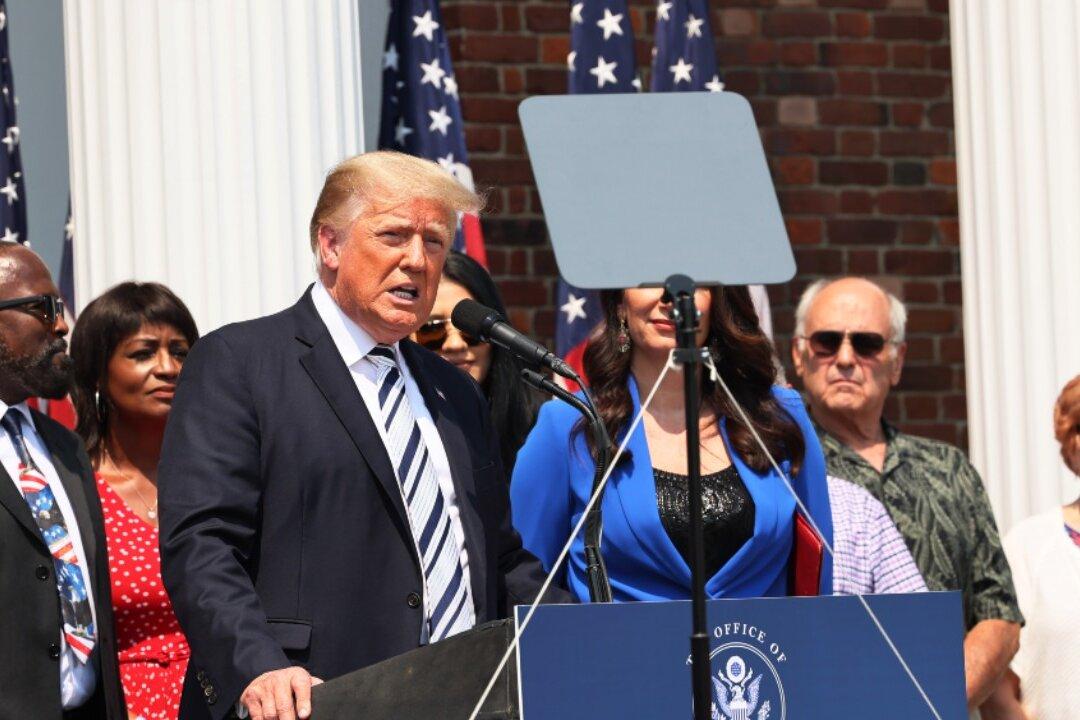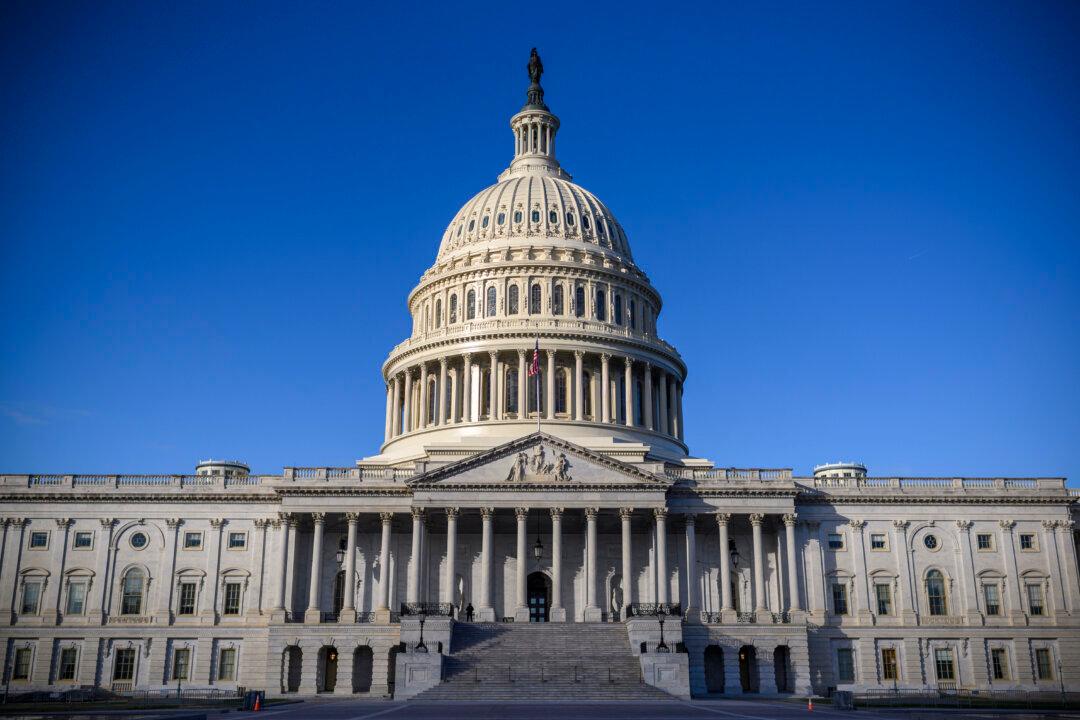Twitter announced on Monday it will put warnings on posts that contain what the platform considers to be misleading information about the CCP virus vaccines, as well as put into practice a strike system that would see users who repeatedly break their rules banned.
The enforcement would be monitored by humans who define what misinformation is, who are then assisted by computers through machine learning.




